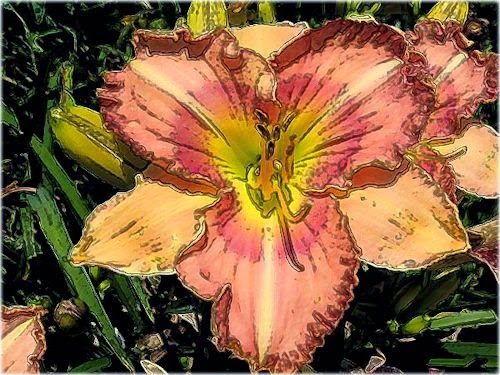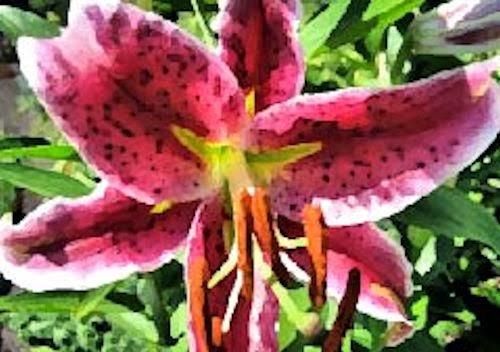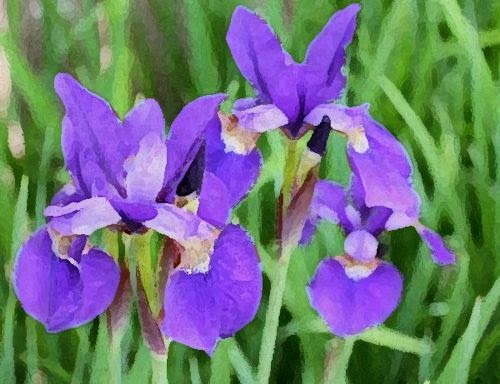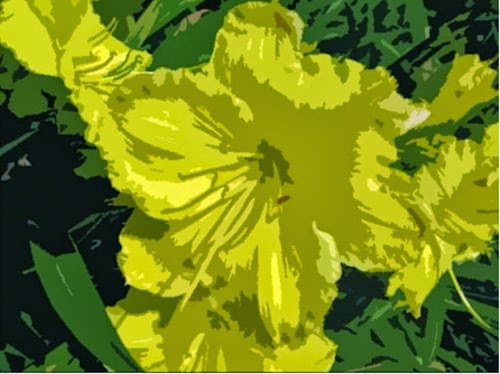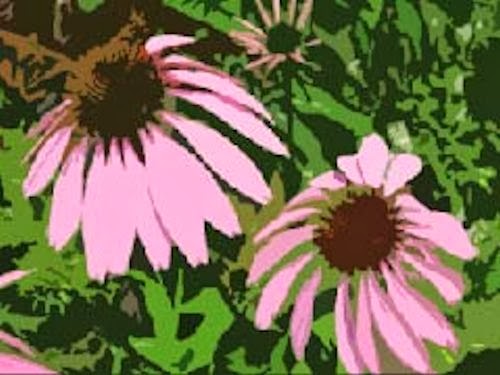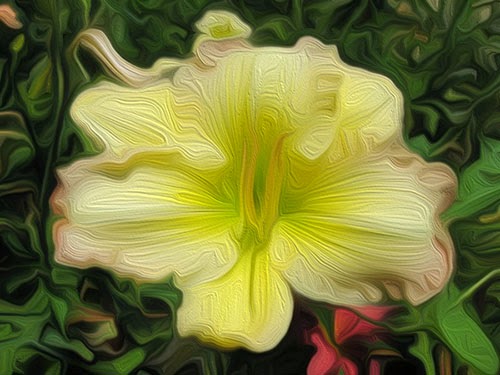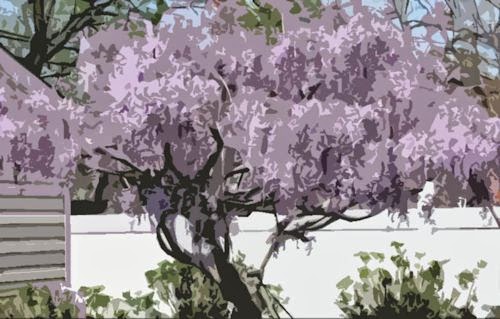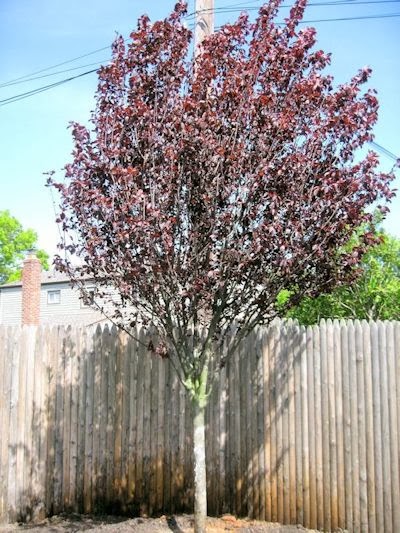 |
| Viburnum 'Summer Snowflake' Height 6-8', Width 8-10' Hardy to Zone 5 |
Viburnum 'Summer Snowflake' is definitely a favorite and one of the more popular varieties I use in my landscape designs because of its more compact habit and profuse flat white flowers that last throughout summer and somewhat resemble a dogwood bloom. 'Summer Snowflake' is commonly planted in groupings and can reach a height of 6-8 feet, but can be maintained as a smaller shrub. It is a lovely addition to an informal foundation planting or in a woodland setting.
 |
| Viburnum plicatum tomentosum 'Mariesi' Height 4-6', Width 4-6' Hardy to Zones 4-5 |
Viburnum 'Mariesi' produces deep green ridged foliage and beautiful white blooms resembling those of a lace cap hydrangea on a rounded 4-6' high by wide shrub in late spring. Its tiered branching habit makes it a graceful addition to a mixed border or natural landscape.
 |
| Viburnum carlesi 'Korean Spice' (Fragrant) Height 4-6', Height 4-6' Hardy to Zones 4-5 |
'Korean Spice' Viburnum is another favorite displaying pinkish buds in spring followed by clusters of highly fragrant pinkish-white blooms. Given the name 'Korean Spice' the blooms give off an aroma resembling spice cake throughout the landscape. The dark green foliage of this viburnum turns to a bright red in fall followed by the appearance of attractive berries.
 |
| Viburnum rhytidophyllum 'Leatherleaf' (Semi-Evergreen)-Fragrant Height 10-15', Width 10-15' Hardy to Zones 3-5 The last is 'Leatherleaf' Viburnum which is one of the semi-evergreen varieties in zone 7. Due to its higher stature it is often used as hedging or as a backdrop in privacy border. In spring Viburnum rhytidophyllum 'Leatherleaf' produces fragrant clusters of creamy-white blooms on coarsely textured blue-green foliage. Fall interest includes the formation of blue berries starting in June and developing into mature black berries by September. Leatherleaf Viburnum will tolerate shadier conditions and moister soil conditions than most other viburnums. Viburnum are a wonderful way to welcome spring. Their versatility makes them an excellent addition to many a landscape and while providing all season interest another attribute is that they are also "deer resistant". Try one or more of the many varieties available as an addition to your landscape. Happy Spring and Happy Gardening! Author: Lee@A Guide To Northeastern Gardening, Copyright 2013. All rights reserved |





